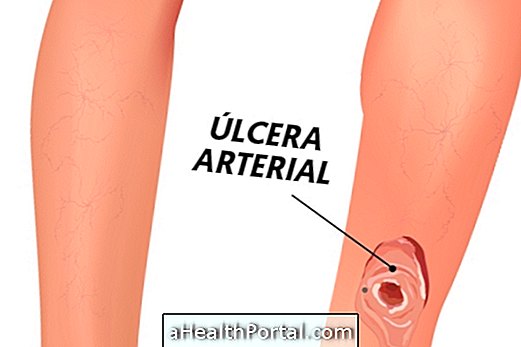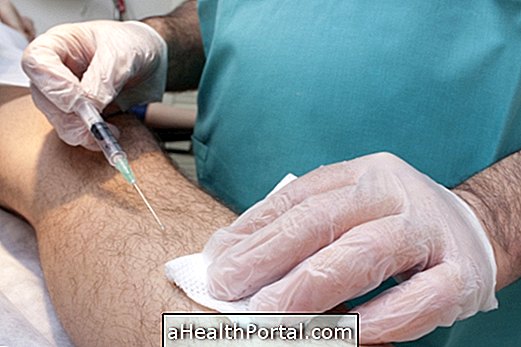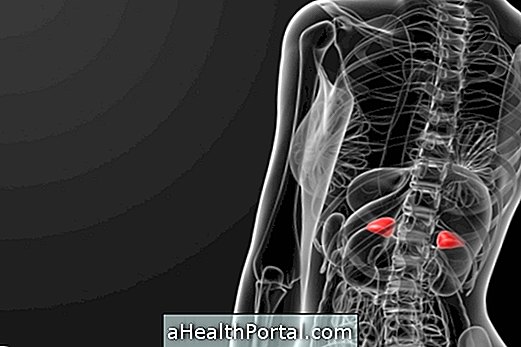The first step in treating an arterial ulcer is to improve blood circulation to the site, to increase the amount of oxygen in the wound and to facilitate healing. To do this, in addition to maintaining wound treatment with a registered nurse, it is important to have some lifestyle changes such as:
- Do not smoke;
- Make a healthy diet, especially avoiding fat and fried foods;
- Avoid crossing your legs during the day;
- Take 30-minute walks to improve circulation in the legs;
In some cases, these simple measures may improve circulation and facilitate healing of the ulcer, however, in more severe cases, it may be necessary to consult a vascular surgeon for coronary artery bypass surgery, which may include angioplasty or a bypass, for example.
While circulation to the site does not improve, the wound can not heal, so even when properly treated, the tissues can not develop properly, preventing the wound from closing.

How to do the ulcer dressing
The treatment of arterial ulcer should always be done by a nurse or other health professional, as it is necessary to keep the wound as clean as possible and dry. Thus, usually to make the dressing the nurse needs:
- Remove the previous dressing, using clean gloves;
- Wash the wound with sterile saline and sterile dressings ;
- Apply a special type of dressing that helps control the wetness in the wound;
- Apply the outer dressing to protect the wound from entering micro-organisms;
- Pass a moisturizer or cream with vitamin A, for example, to protect the skin around the wound.
During treatment, the health care professional may still remove pieces of dead tissue using sterile tweezers or a scalpel. However, there are also products, such as enzyme powder, which can be applied before closing the dressing and which will eliminate the dead tissue until the next treatment.
If an infection develops, identified by symptoms such as redness in the leg, more severe pain, swelling and foul smell, it is important that the nurse initiates the treatment with antibiotic ointments or special dressings to eliminate bacteria. It is also important to inform the general practitioner to evaluate the need to start using an oral antibiotic.
When surgery is needed
Surgery is usually needed when the wound does not heal and there is a high risk of infection. This type of surgery uses a piece of skin from another part of the body, usually the thigh, to cover the wound and accelerate healing.
However, surgery may also be indicated when there is development of too much dead tissue, which can not be removed during wound treatment.
Main characteristics of arterial ulcer
The most common features of arterial ulcer include:
- Round wound that is increasing in size;
- Deep wound that does not bleed;
- Cold and dry skin around the wound;
- Intense pain in the wound, especially when exercising.
Unlike the venous ulcer, also known as varicose, in the arterial ulcer the surrounding skin usually does not become swollen or red. Learn more about venous ulcers and how to treat them.
What is the difference between arterial and venous ulcer
The main difference between arterial and venous ulcer is its cause, because while in the arterial the wound arises due to the lack of arterial blood in a leg site, in the venous ulcer the wound arises from the excessive accumulation of venous blood in the leg that goes weakening the tissues and skin.
Thus, venous wounds are more common in the elderly, especially in those who have very swollen legs at the end of the day, while arterial ulcer is more common in people who have the arterial circulation affected, as in people who have diabetes, are overweight or wear tight clothing or shoes.
In addition, because the arterial ulcer wound arises from lack of blood, it is usually more difficult to treat and takes longer to heal, and surgery is often necessary to improve blood circulation, especially since healthy lifestyles are not respected.






















